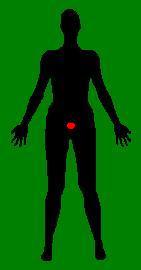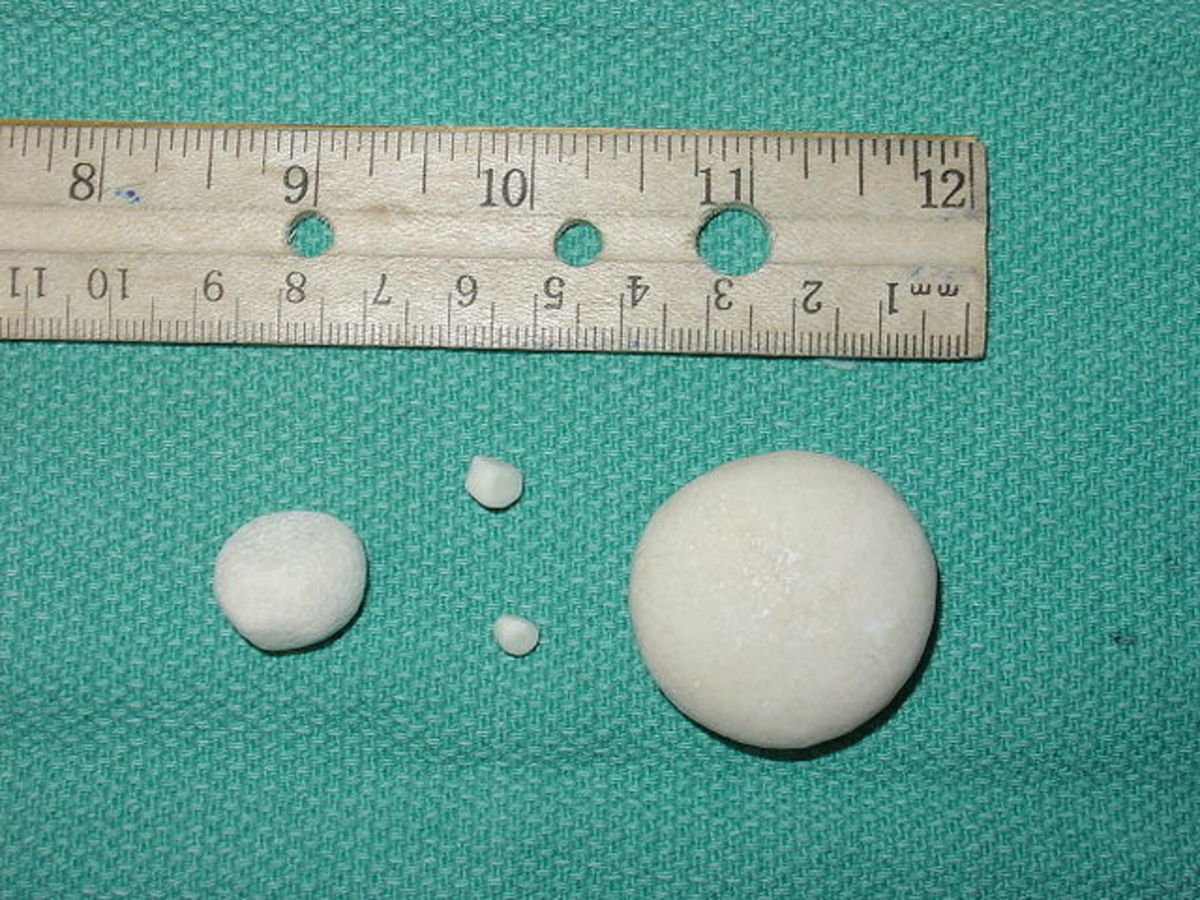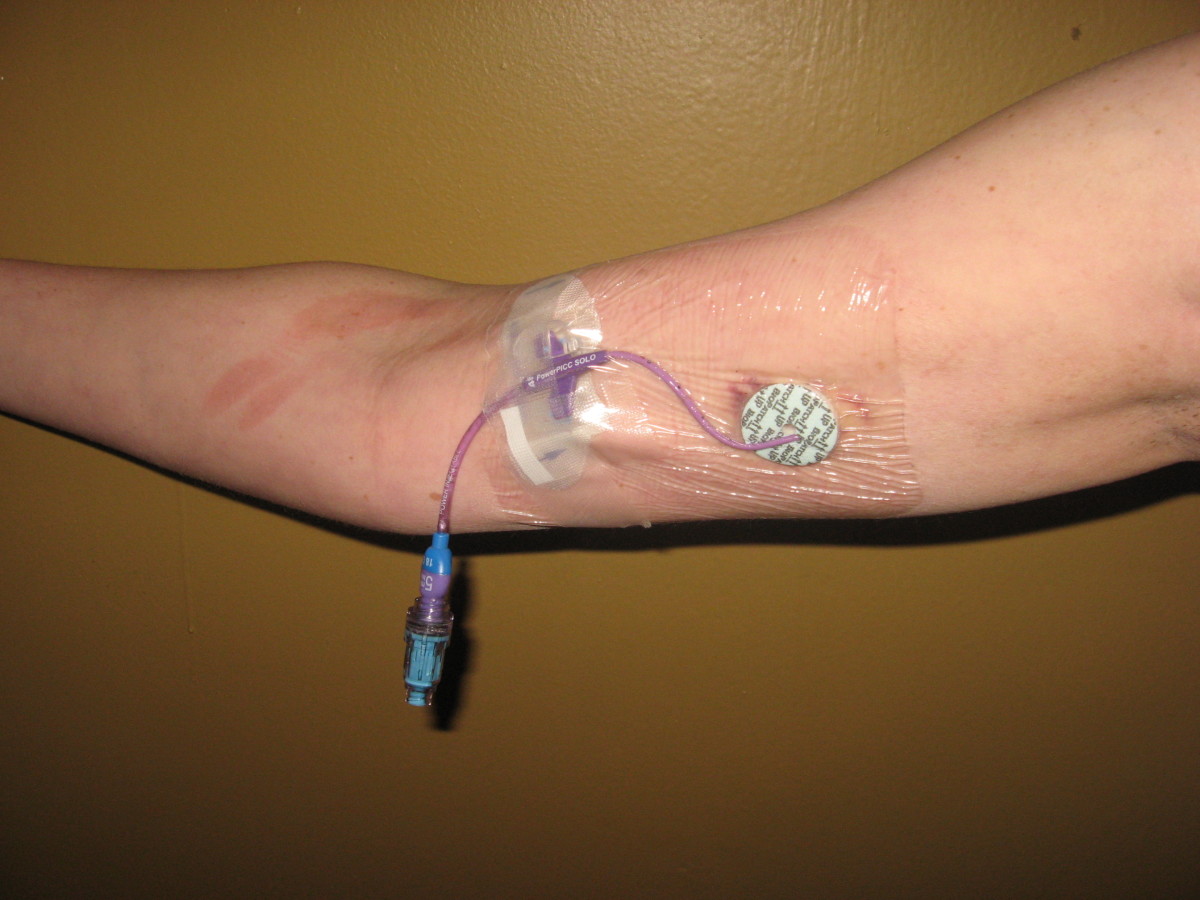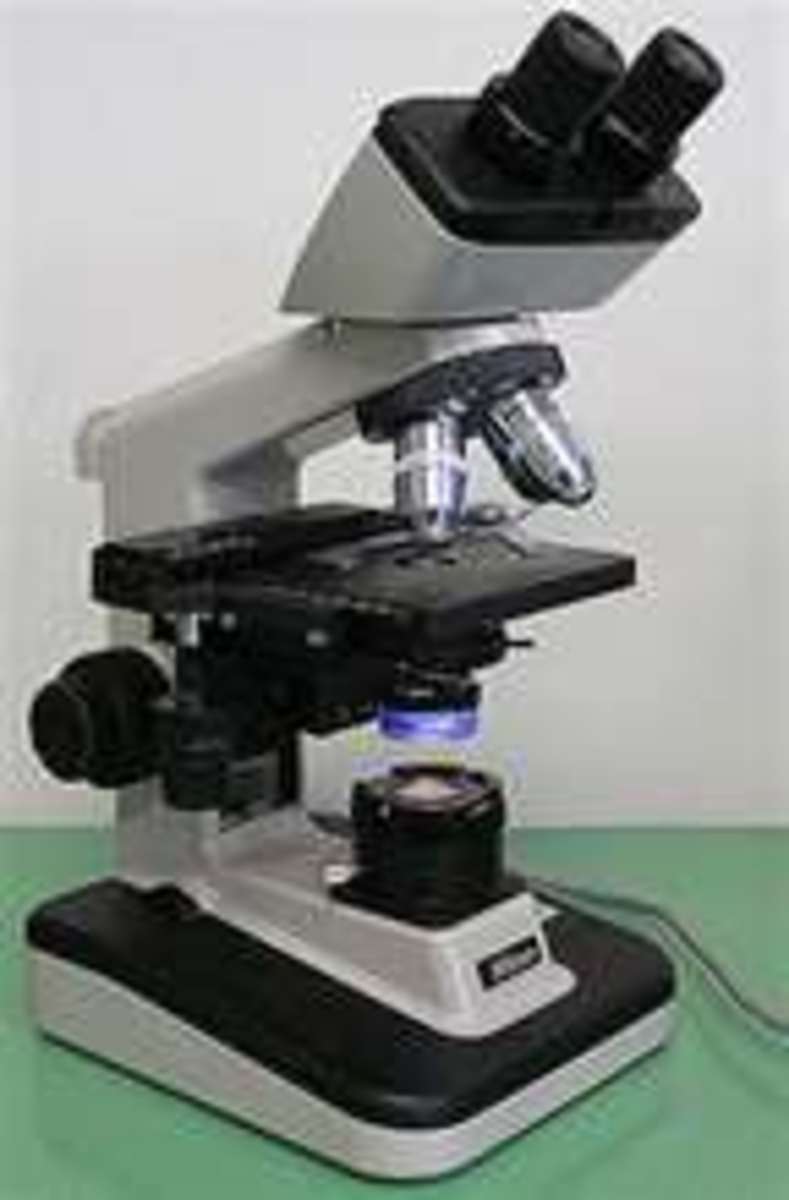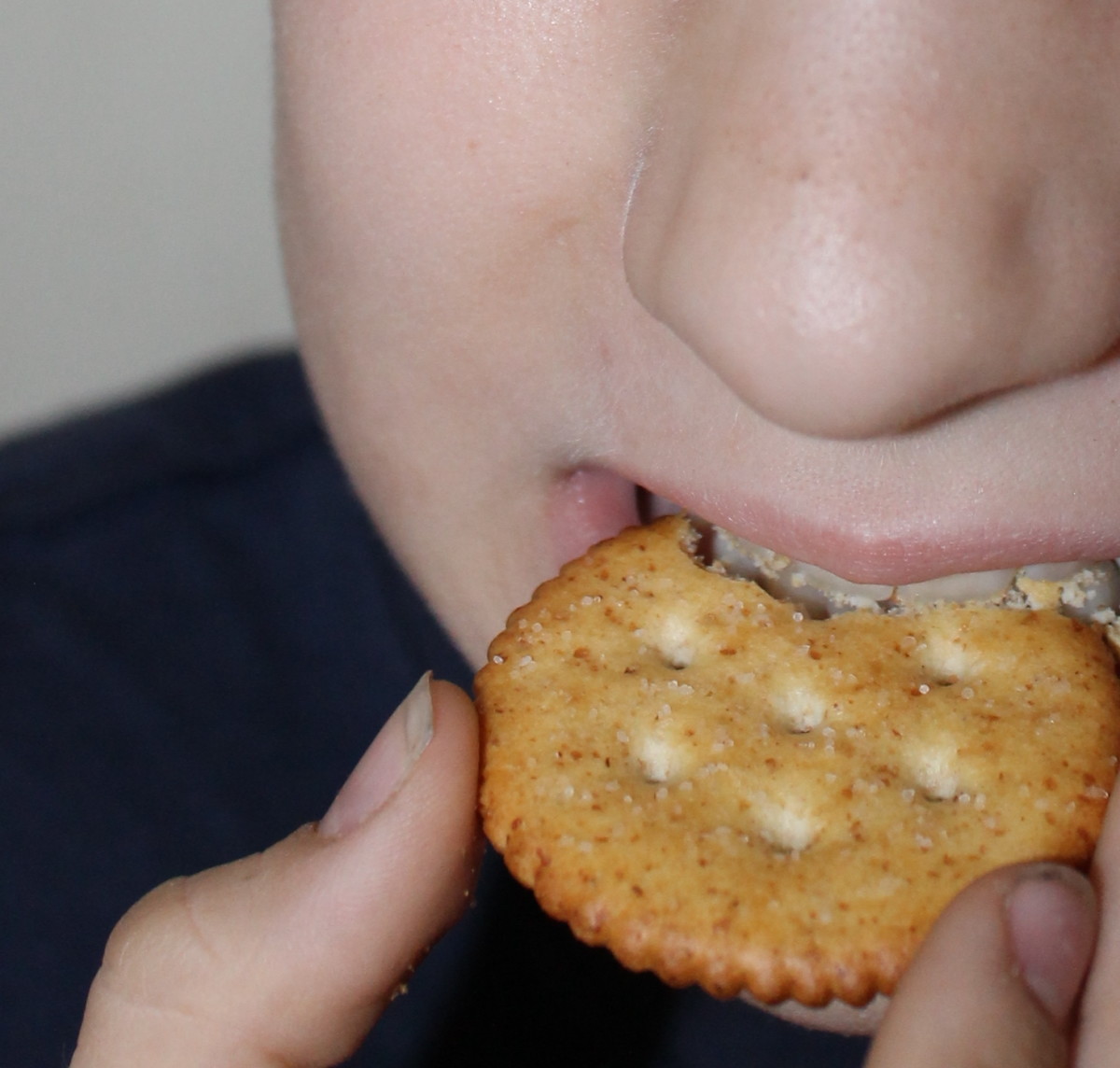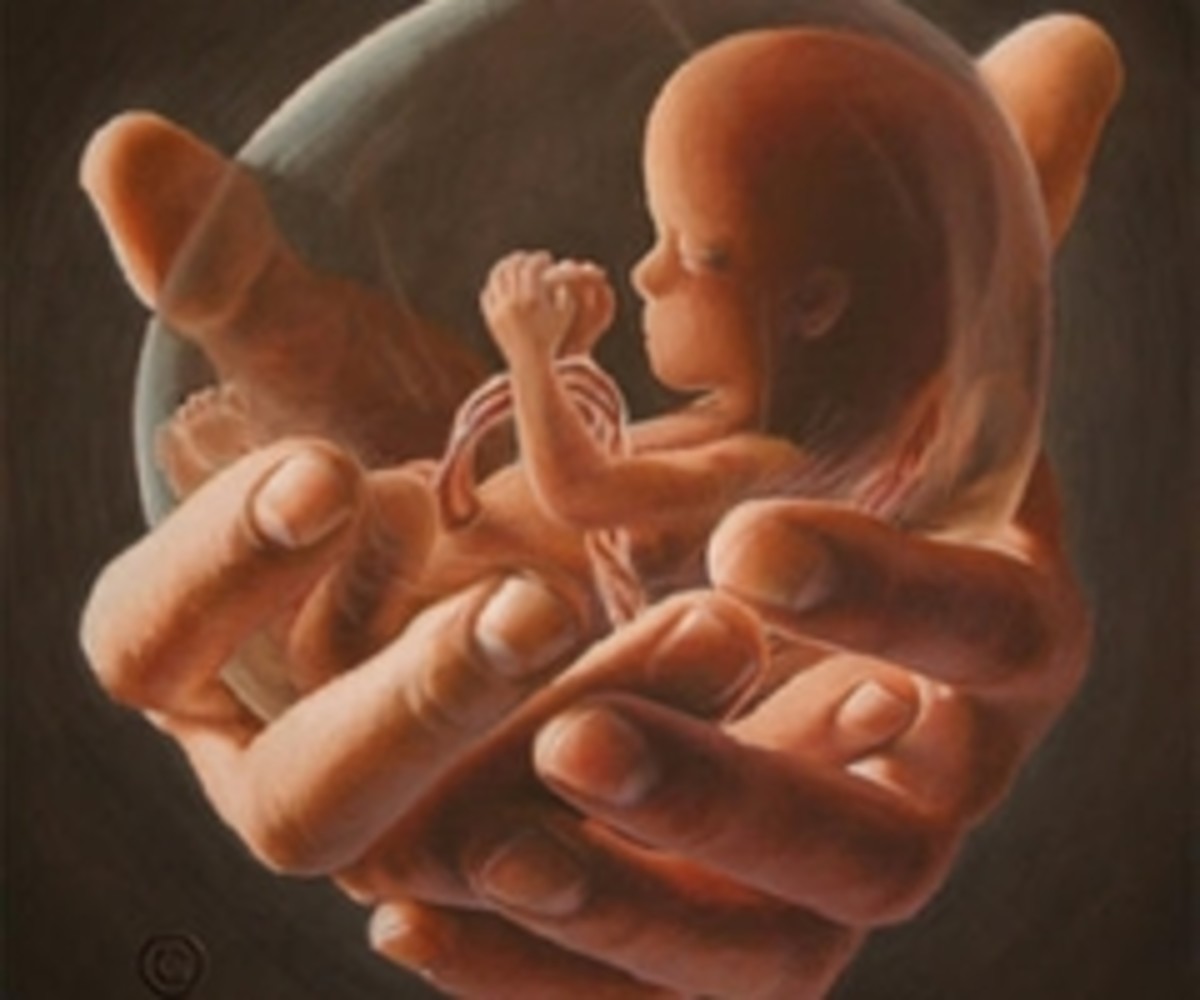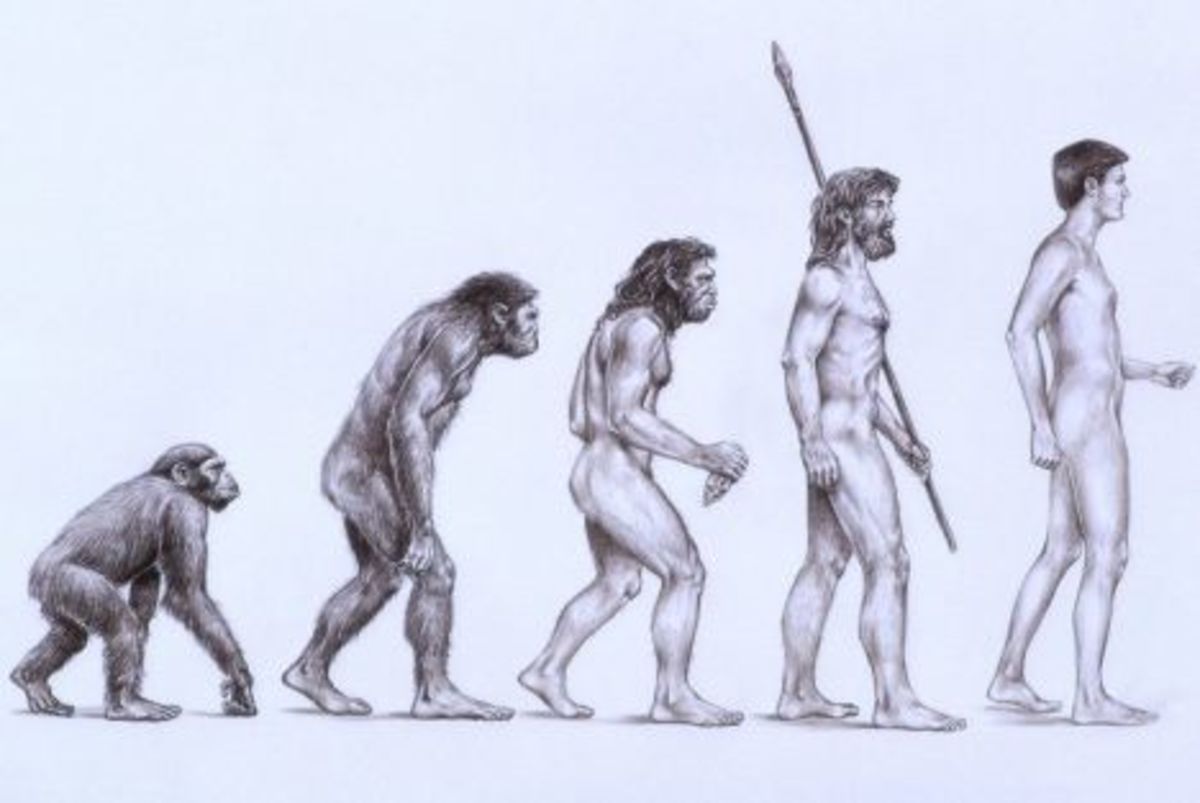What Does The Bladder Do?
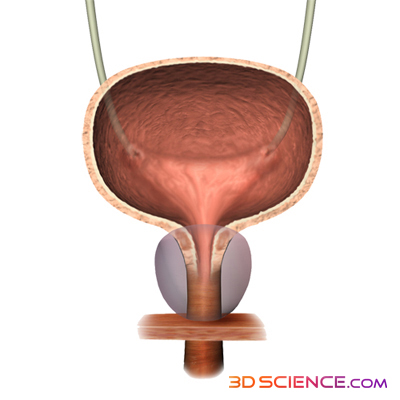
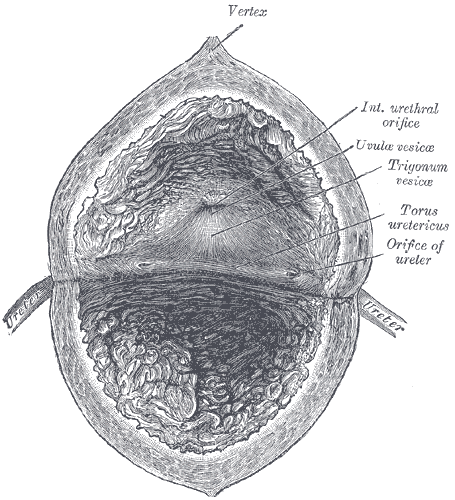
The Bladder
The urinary bladder is a balloon-shaped organ which stores urine excreted by the kidneys.
It is located on the pelvic floor, and in an adult can hold over a pint (0.6 litres) of urine.
Urine passes from the kidneys, through two tubes called the ureters to the bladder. When the bladder is about half full, the build up of pressure stimulates nerves to relax the sphincter muscles at its base, which we can feel and are usually able to control until the bladder is full.
When we urinate, muscle layers in the bladder contract, expelling urine through another tube called the urethra and out of the body.
The bladder is made up of a number of layers.
The inside lining, called the transitional epithelium, can stretch as the bladder fills and stops the urine being absorbed back into the body. Below this lining is a thin layer of connective tissue called the lamina propria. Underneath this is a layer of muscle tissue called the muscularis propria. The outer layer is another area of connective tissue that is fatty and separates the bladder from other body organs such as the kidneys.
Release of Urine
The Urinary System
Did You Know ... ?
- People often urinate when laughing or frightened because they temporarily lose control of the muscle which closes the urethra (tube from the bladder), so a little urine can flow out.
- Incontinence affects nearly 13 million adults, according to the National Institute of Diabetes and Digestive and Kidney Diseases (NIDDK).
Location of the Bladder
